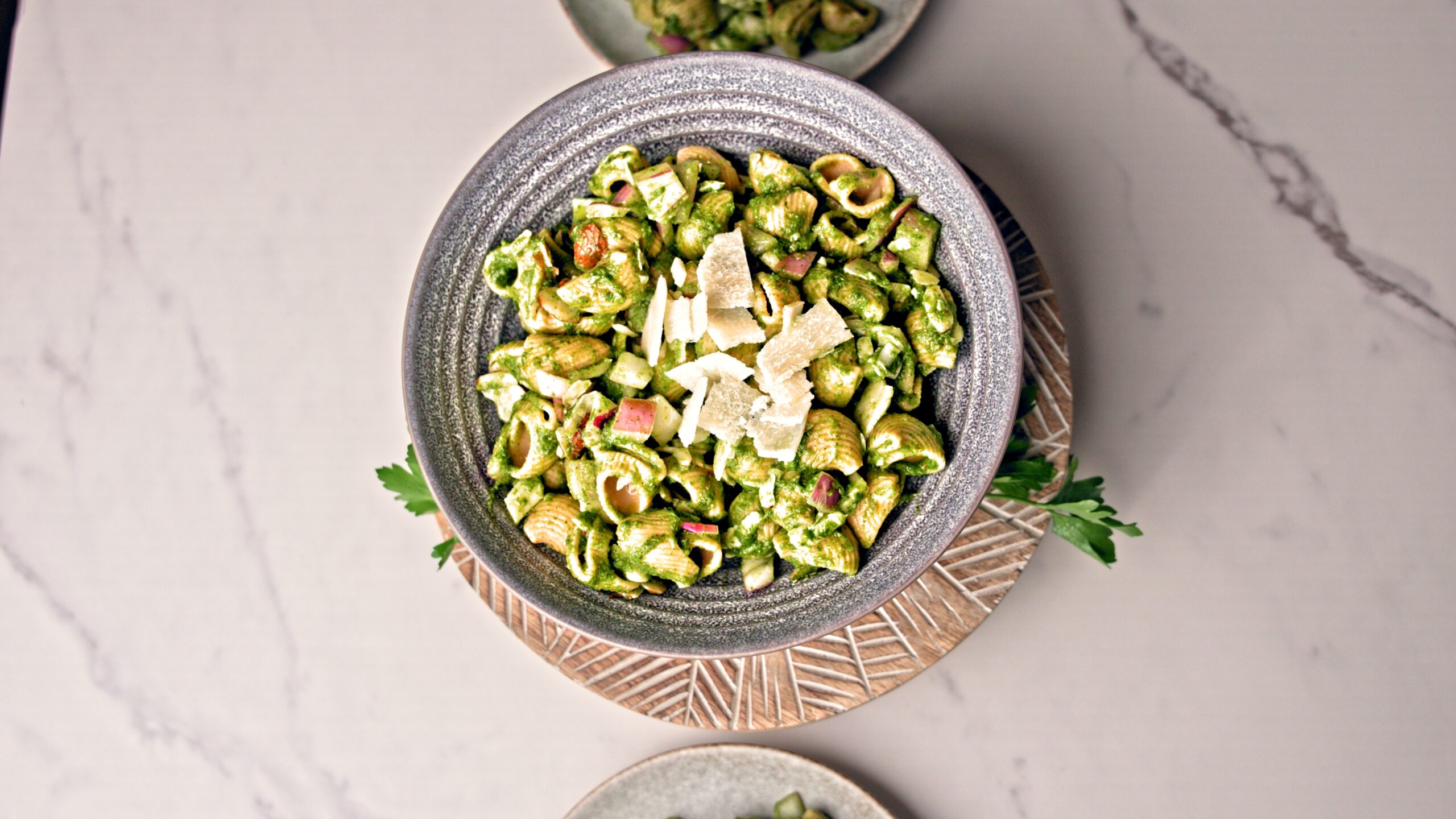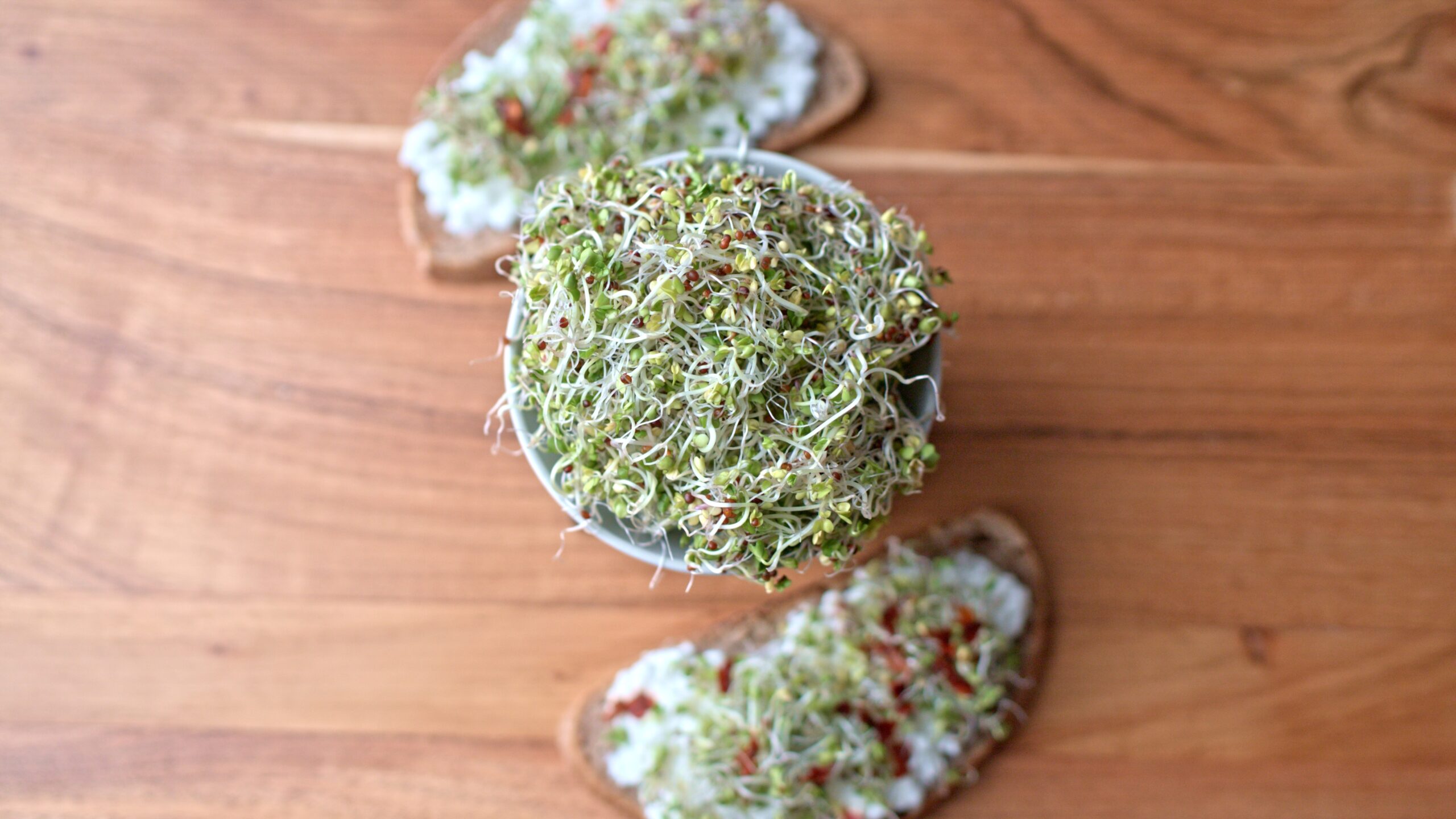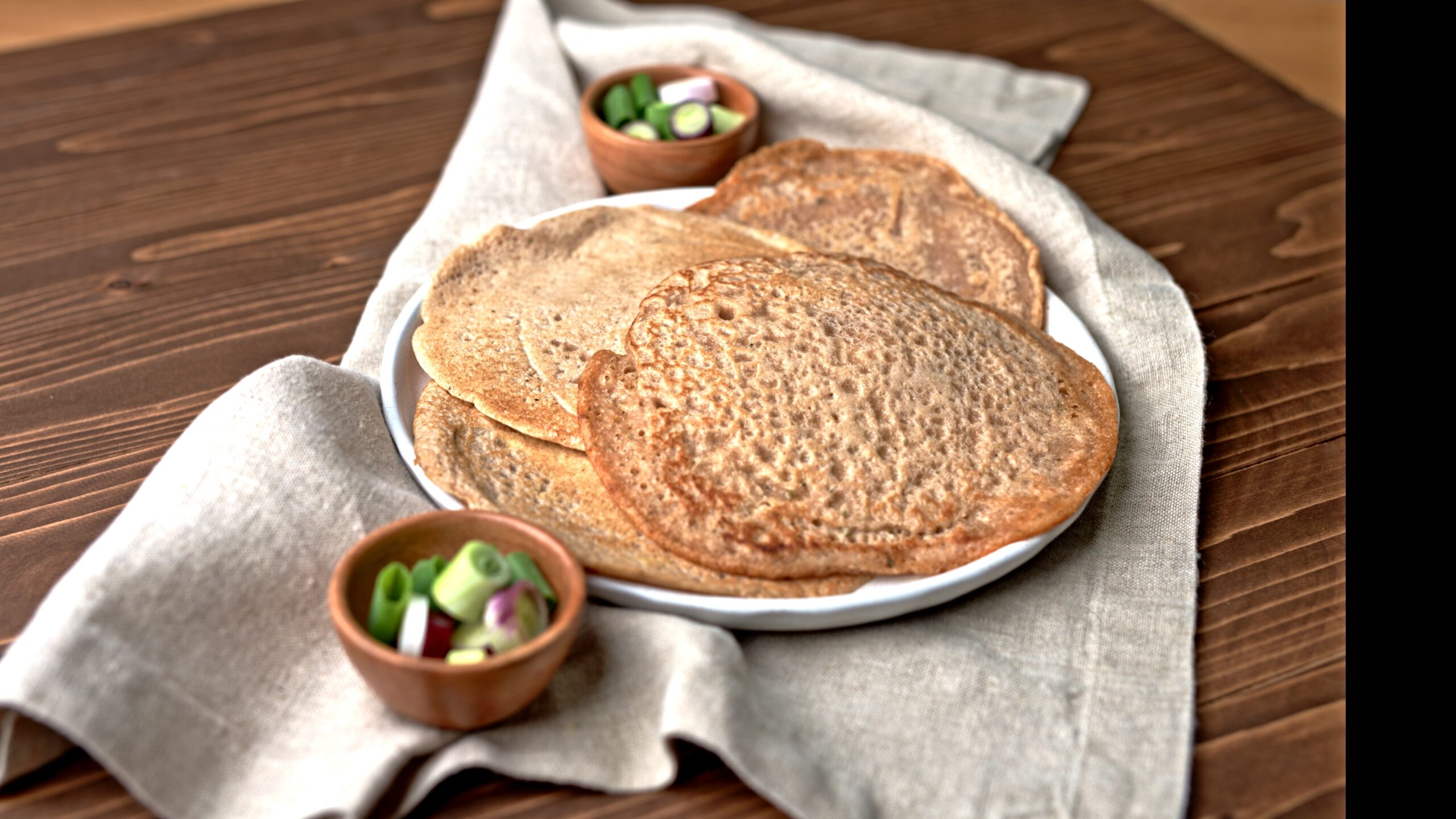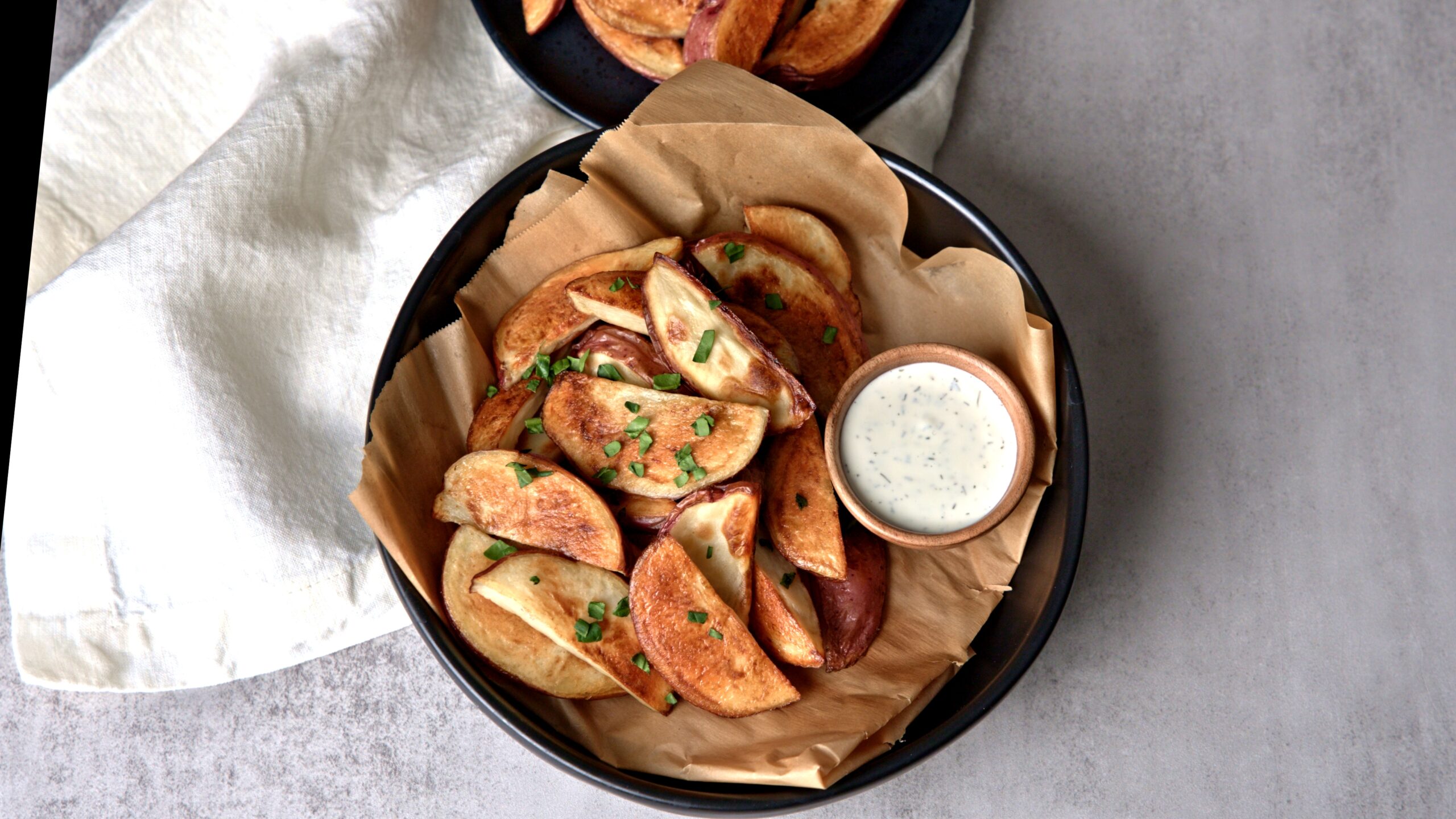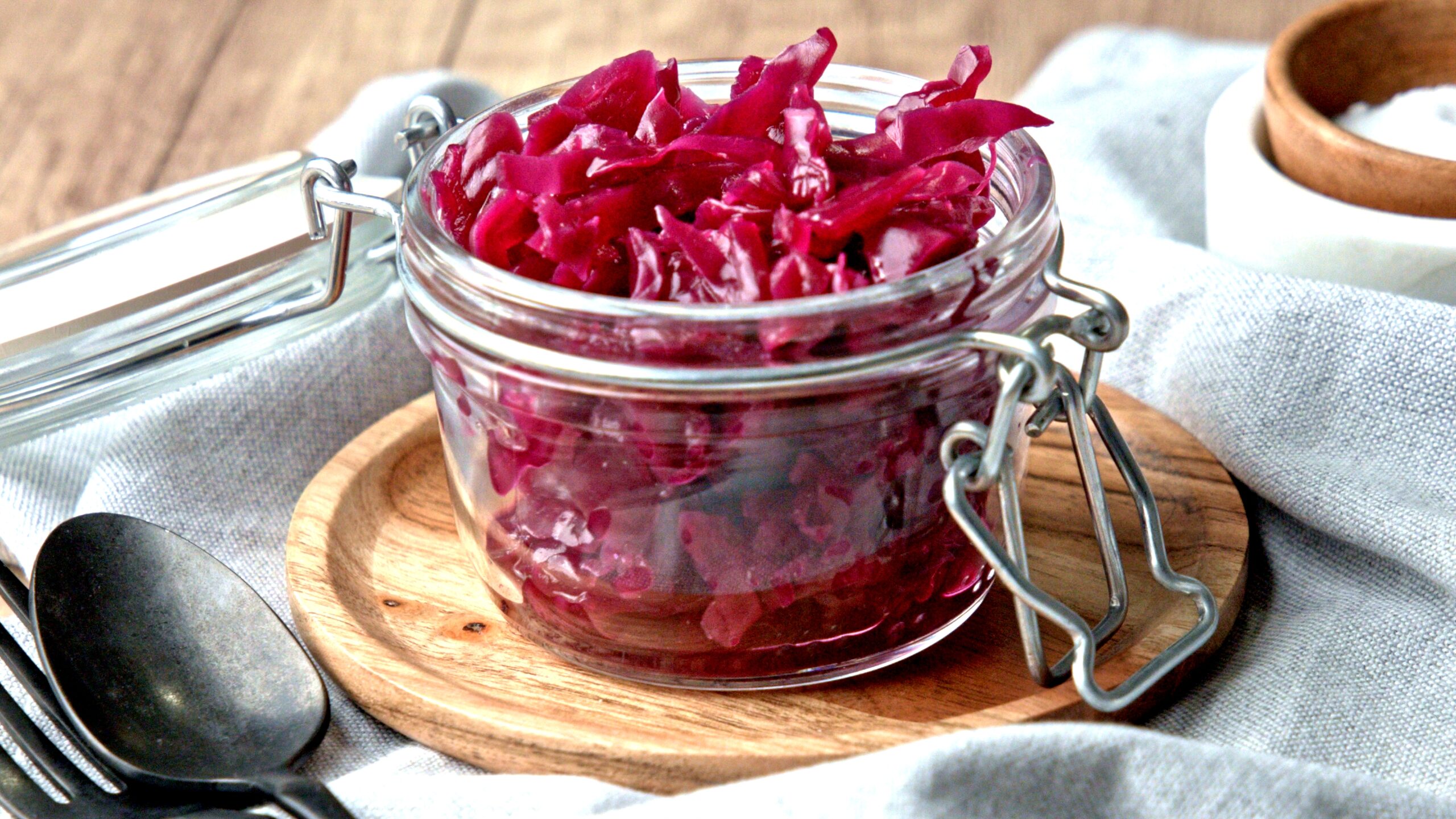
Sauerkraut
Deliciously tangy and fermented with the probiotics everyone needs!
Author: Whole Shenanigans
Prep: 20 minutes mins
Fermenting Time: 21 days d
Total: 21 days d 20 minutes mins
Servings: 16
Prevent your screen from going dark
Ingredients
- 1 small purple cabbage
- salt (free of iodine and anti-caking ingredients)
Instructions
- Remove the outer layer of cabbage and save it for later. Remove and discard the cabbage core. Shred the cabbage with a knife or food processor with a shredding attachment.
- Power on a kitchen scale and place a large bowl on top. Zero out the weight of the bowl and add the cabbage. Weigh the cabbage in grams.
- Multiply the cabbage's weight in grams by .025 (2.5%). The resulting number is the grams of salt you will add to the cabbage (to make a 2.5% salt brine).
- Sprinkle the salt on top of the cabbage and firmly massage until water is released to form a brine. This will take about 10 minutes.
- Transfer the cabbage and brine into a clean (preferably sterilized) glass jar. Firmly press the cabbage into the jar until fully submerged in the brine.
- Cover with the reserved cabbage layer so no shredded cabbage will float up. You may need to rip some of the cabbage layer off to make it properly fit the circumference of your jar.
- Use a glass weight to ensure absolutely everything is submerged in the brine.
- Cover with a special fermenting lid. If you don’t have one, close your jar with an airtight lid and open it for a second daily to allow the carbon dioxide to escape before reclosing.
- Let the cabbage ferment for approximately 3-4 weeks. Ferment it a little less if you prefer a less sour taste; ferment it more if you prefer a more sour taste. Signs of fermentation are bubbles and a pleasant sour smell. Taste test as needed, but do not place dirty utensils in the jar.
- Once the sauerkraut has fermented to your liking, place it in the refrigerator. You may remove the fermenting lid and place and seal a regular lid if used. The sauerkraut will continue to ferment in the refrigerator at a much slower rate and last many months.
Video
Notes
-I use sea salt, but other salts will work fine if they don’t contain iodine or anti-caking agents, as these may inhibit the growth of beneficial bacteria.
-Sterilizing your jars is the best practice to avoid extraneous bacteria ruining your ferment. I generally don’t sterilize; however, as it’s one more step, I am generally too lazy to take.
-Fermenting time varies and is related to the temperature of the fermenting environment; a colder environment equals slower fermentation, and a warmer environment equals faster fermentation.
-Always check for signs of spoilage and discard anything with an off odor or mold growth.
Nutrition
Calories: 16kcal | Carbohydrates: 4g | Protein: 1g | Fat: 0.1g | Saturated Fat: 0.01g | Polyunsaturated Fat: 0.04g | Monounsaturated Fat: 0.01g | Sodium: 402mg | Potassium: 128mg | Fiber: 1g | Sugar: 2g | Vitamin A: 585IU | Vitamin C: 30mg | Calcium: 24mg | Iron: 0.4mg
Nutrition values are approximate and may vary.
Course: Side Dish
Keyword: sauerkraut
Have you tried this recipe?Comment below and tell us about it on Instagram! @wholeshenanigans

